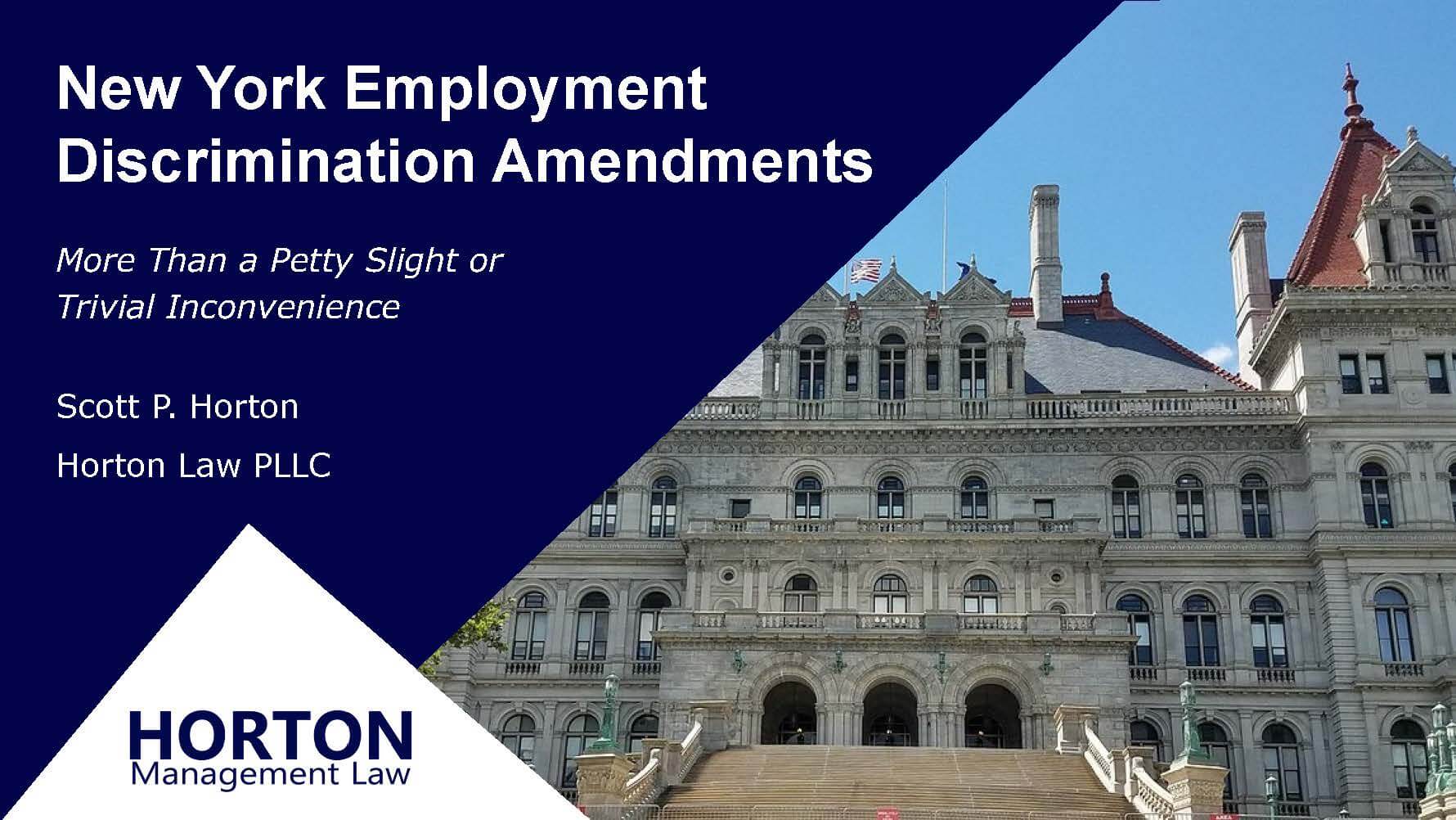As an employer, it’s crucial to understand the legal obligations and best practices for accommodating employees with disabilities. On July 26, 2023, the U.S. Equal Employment Opportunity Commission (EEOC) released a new technical assistance document specifically addressing visual disabilities in the workplace. While the EEOC focuses on the Americans with Disabilities Act (ADA), state or local laws may also be relevant to this topic.
The ADA
The ADA is a federal law that prohibits discrimination against qualified individuals with disabilities. Under the ADA, individuals with disabilities include those who have a physical or mental impairment that substantially limits one or more major life activities, have a record or history of such an impairment, or are subject to an adverse action because of an actual or perceived physical or mental impairment.
The ADA applies to private employers with 15 or more employees and all state and local government employers.
Visual Disabilities
The EEOC guidance uses the term “visual disabilities” to refer to disabilities related to an individual’s vision. It uses the term “vision impairments” to encompass various vision-related conditions such as blindness, low vision, limited visual fields, photosensitivity, color vision deficiencies, or night blindness. A vision impairment constitutes a visual disability if it meets one of the three definitions of disability: actual, record of, or regarded as.
Not everyone who wears glasses or contact lenses qualifies as an individual with a disability under the ADA. As the guidance explains, “An individual who uses ordinary eyeglasses or contact lenses that are intended to fully correct their vision typically will not be covered under the ADA as an individual with an ‘actual’ or a ‘record of’ a visual disability.”
Prevalence of Visual Disabilities
According to the U.S. Centers for Disease Control and Prevention (CDC), approximately 18.4% of all U.S. adults are blind or have difficulty seeing even when wearing corrective lenses. Vision impairments can start or occur throughout one’s lifetime and can be caused by various factors, including eye diseases, eye injuries, burns, or surgical complications.
Employer Obligations and Reasonable Accommodations
Many individuals with vision impairments can successfully and safely perform their jobs with or without reasonable accommodation. Under the ADA, employers should not deny employment opportunities to these individuals based on stereotypes or incorrect assumptions. The document provides guidance on when an employer may ask an applicant or employee questions about a vision impairment, what types of reasonable accommodations may be needed, and how to handle safety concerns.
Ultimately, if an employee’s visual disability cannot be accommodated in such a way as to prevent unreasonable safety risks, then an employer is not necessarily required to continue their employment.
Protecting Employees from Harassment
The document also addresses the importance of ensuring that no employee is harassed because of a visual disability. Employers have a responsibility to create a safe and inclusive work environment for all employees, including those with visual disabilities.
Confidentiality
The ADA requires employers to keep medical information about applicants and employees confidential. However, some internal disclosure regarding vision impairments is permissible for legitimate business purposes.
Retaliation
Like most employment discrimination laws, the ADA prohibits retaliation against individuals seeking its protections. Accordingly, employers must not treat employees negatively for any activities related to their rights under the law.
Read More About Visual Disabilities
The EEOC guidance goes into substantial detail regarding issues related to individuals with visual disabilities and impairments. Even if you are not currently addressing concerns regarding such an employee, it is worth reviewing the new guidance as background. If you do face a specific employment issue regarding someone’s vision, the guidance provides a good starting point in determining the legal parameters. However, as mentioned, additional laws may also apply, so it is best to consult with experienced labor and employment counsel as well.


